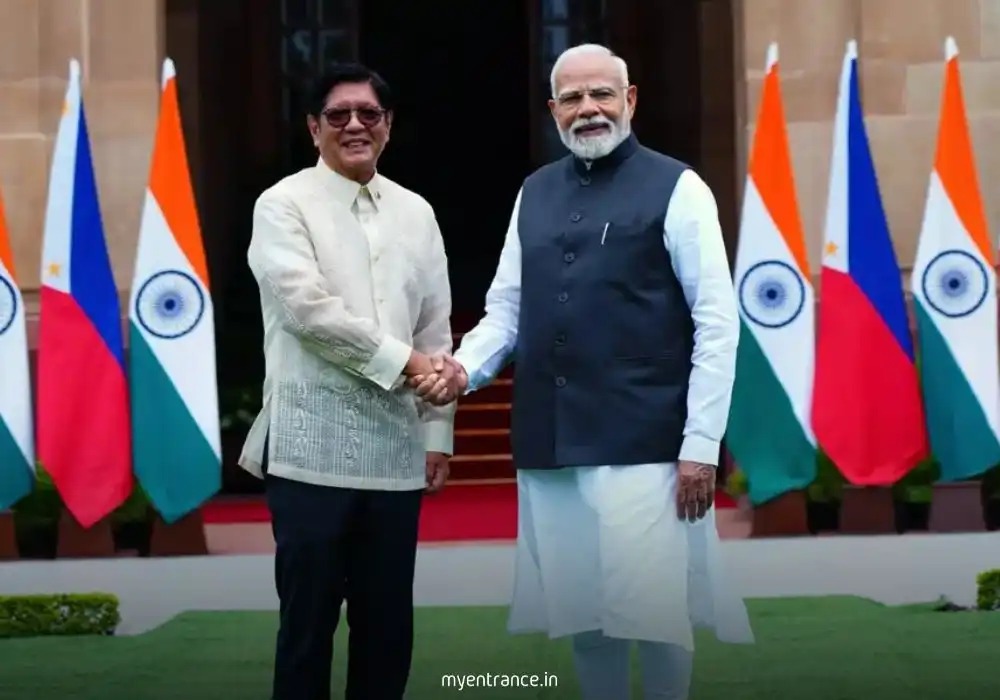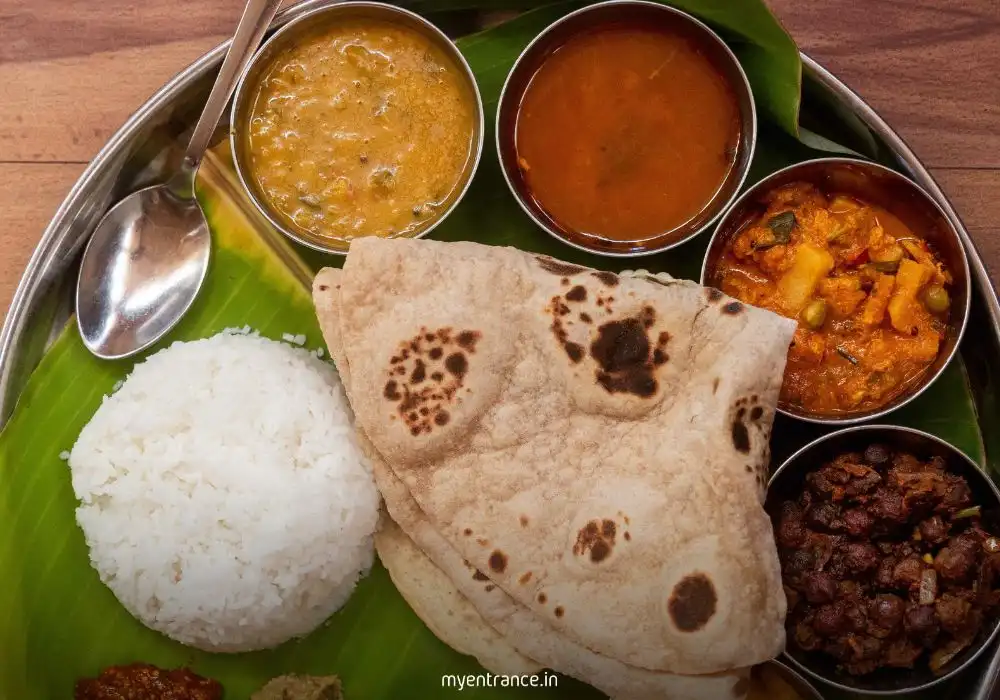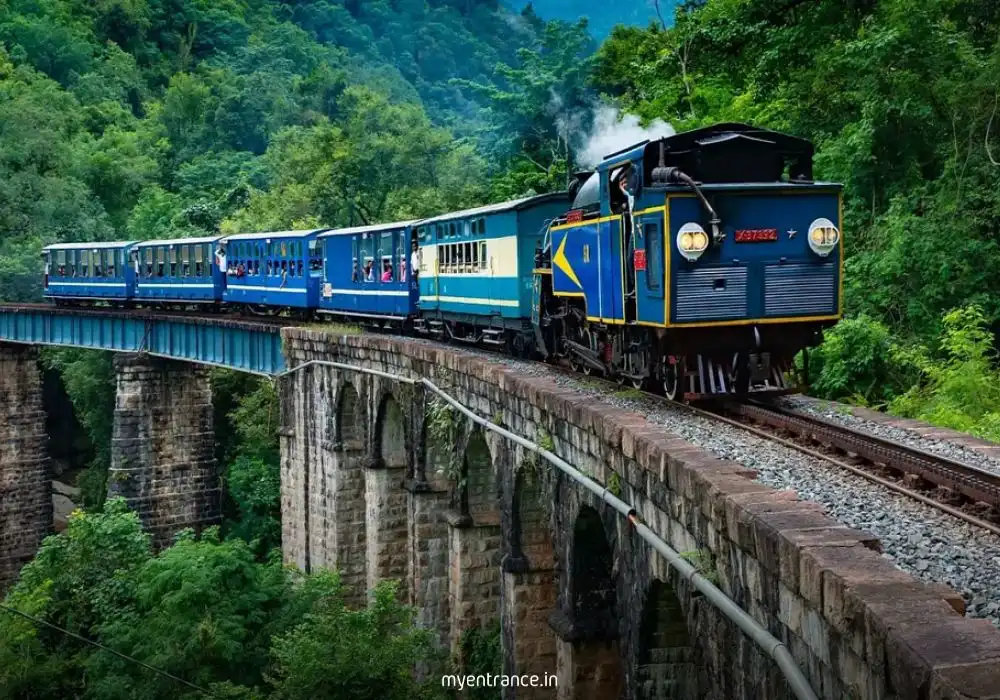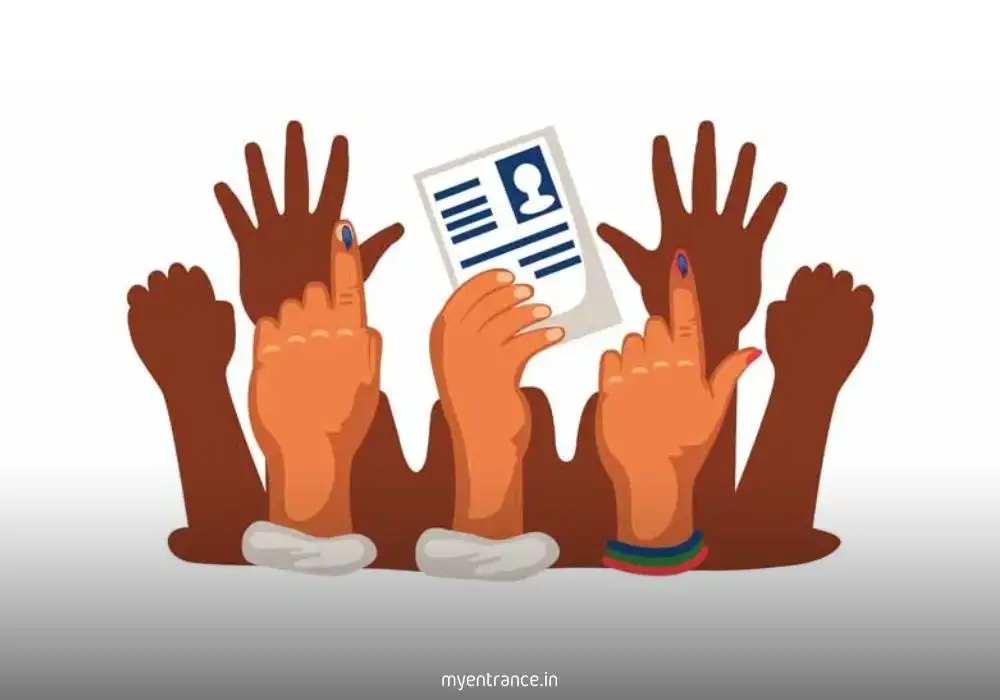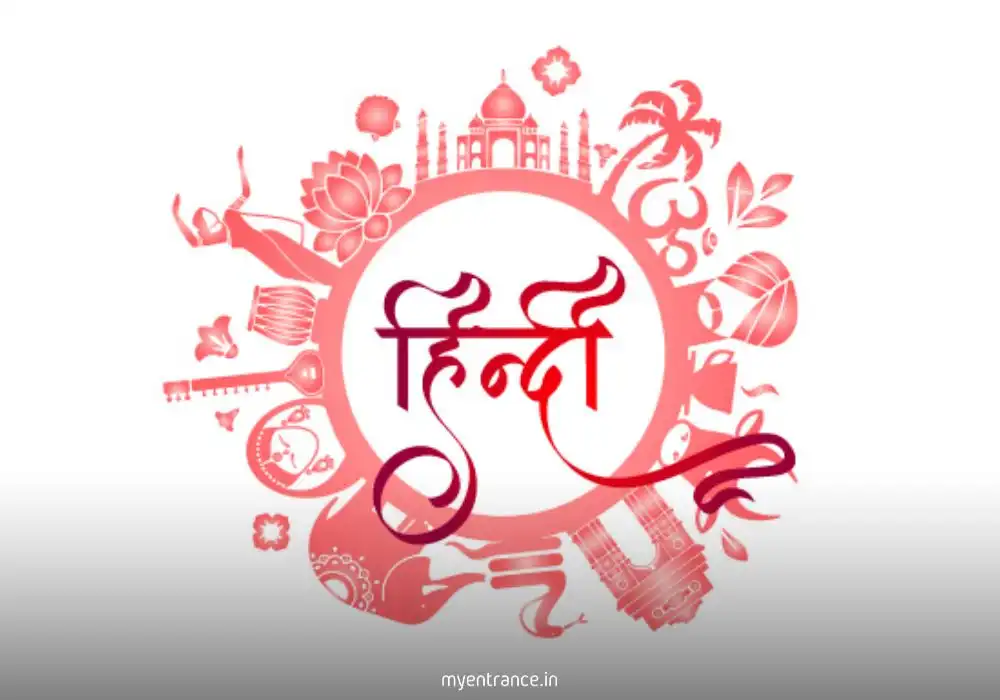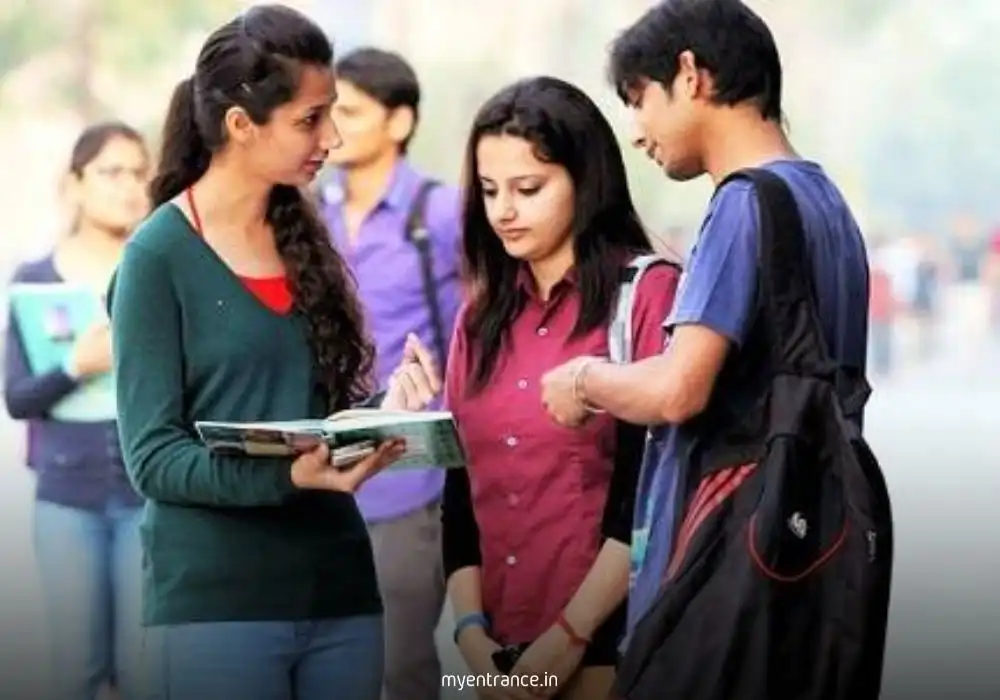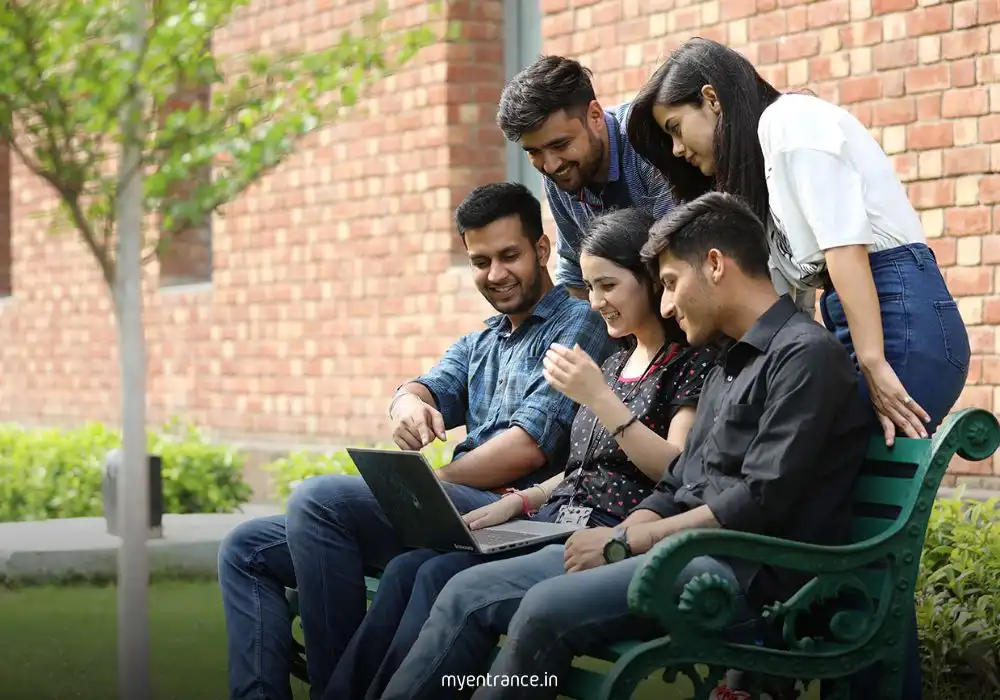Translate Language
Why Gangaikonda Cholapuram Features on India’s New ₹1000 Coin: Secrets of the Chola Empire
India’s new ₹1000 coin, released at Gangaikonda Cholapuram, isn’t just currency—it’s a tribute to 1,000 years of Chola supremacy. This event spotlights Emperor Rajendra Chola I’s naval conquests and Tamil Nadu’s UNESCO heritage. For exam aspirants, it’s a gateway to India’s maritime glory and cultural diplomacy.
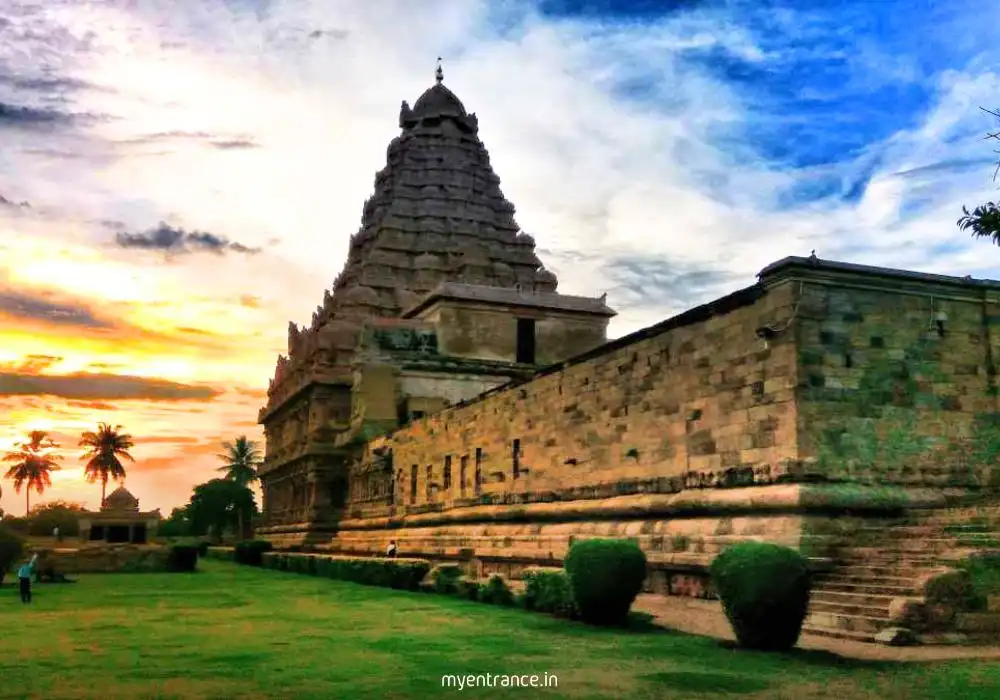
Why Gangaikonda Cholapuram? The Chola’s Masterstroke
Prime Minister Modi’s unveiling of the ₹1000 coin here wasn’t random. Why? This temple, built by Rajendra Chola I in the 11th century, was designed to eclipse his father Raja Raja Chola’s Brihadeeswarar Temple. Its intricate carvings, hydraulic systems, and spiritual symbolism showcase why the Cholas pioneered urban planning—making it a UNESCO gem.
Why the Coin Celebrates Naval Dominance
The coin honors Rajendra Chola’s naval expedition—why does this matter? His fleet reached Southeast Asia (modern Indonesia, Malaysia, Thailand), establishing trade routes and cultural ties. Why is this rare? Few Indian empires projected power overseas; this cemented India as a maritime superpower. Releasing it during the Aadi Thiruvathirai festival (linked to his victory) underscores why timing and legacy matter.
Why Location Speaks Volumes
Gangaikonda Cholapuram means “City of the Chola Who Conquered the Ganga.” Why name a Tamil site after North India? Rajendra Chola brought Ganga water here after defeating northern kingdoms—a symbolic fusion of India’s geography under one rule. Why revisit it today? The coin reignites interest in Tamil Nadu’s heritage trails, connecting temples like Thanjavur and Darasuram.
Why This Matters for Exams:
UPSC/SSC/PSC: Covers “Medieval Indian History,” “Art & Culture” (Chola architecture, UNESCO sites), and “Maritime History” (naval expeditions, diplomacy).
Current Affairs: Links commemorative events to cultural nationalism and soft power—recurring themes in GS papers.
Map-Based Questions: Location (Ariyalur, TN) and trade routes (Southeast Asia) are high-yield for prelims.
Thematic Relevance: Highlights how ancient achievements influence modern symbols (e.g., coins, festivals).
Questions & Answers:
Q1: The ₹1000 commemorative coin (2025) was released at Gangaikonda Cholapuram to mark which two events?
A: 1) 1000th anniversary of Rajendra Chola I’s naval expedition.
2) 105th birth anniversary of Acharya Shri Mahapragya.
Q2: How did Rajendra Chola I’s naval expedition reshape India’s influence?
A: It extended Chola supremacy to Southeast Asia (Indonesia, Malaysia, Thailand), establishing lasting trade/diplomatic ties and showcasing India’s maritime prowess.
Q3: What architectural distinction earned Gangaikonda Cholapuram its UNESCO status?
A: Its advanced engineering—graceful Vimana (tower), hydraulic systems, and detailed sculptures—exemplifies Chola innovation beyond the larger Brihadeeswarar Temple.
Q4: Why is the temple named “Gangaikonda Cholapuram”?
A: It translates to “City of the Chola Who Conquered the Ganga,” referencing Rajendra Chola’s victory over northern kingdoms and ceremonial bringing of Ganga water to Tamil Nadu.
Q5: Which festival was linked to the coin’s release, and why?
A: The Aadi Thiruvathirai festival—it celebrates Rajendra Chola’s triumphant return from his naval campaign, tying the event to historical memory.
Get 3 Months Free Access for SSC, PSC, NIFT & NID
Boost your exam prep!
Use offer code WELCOME28 to get 3 months free subscription. Start preparing today!



